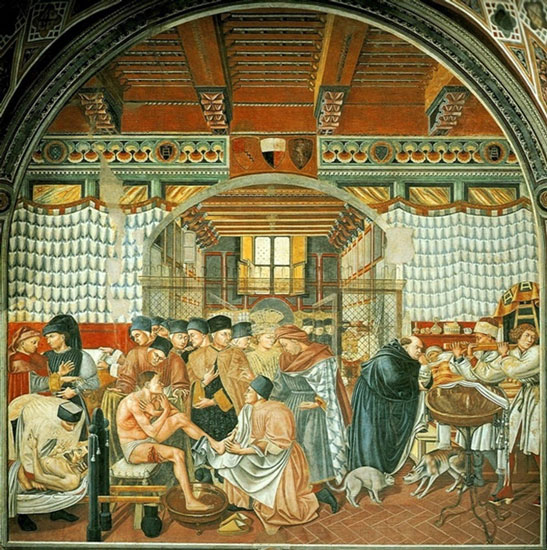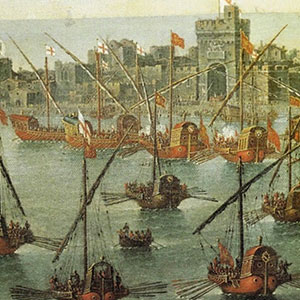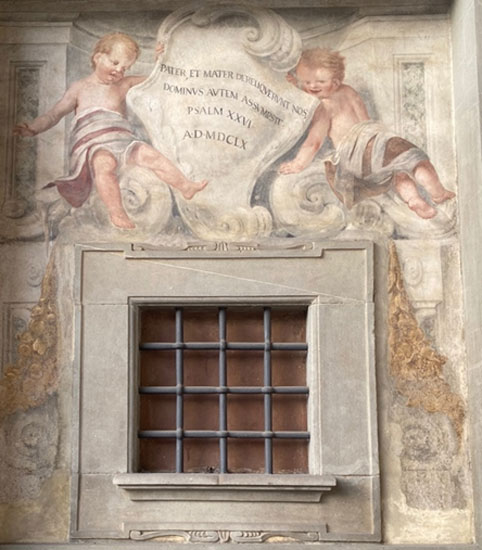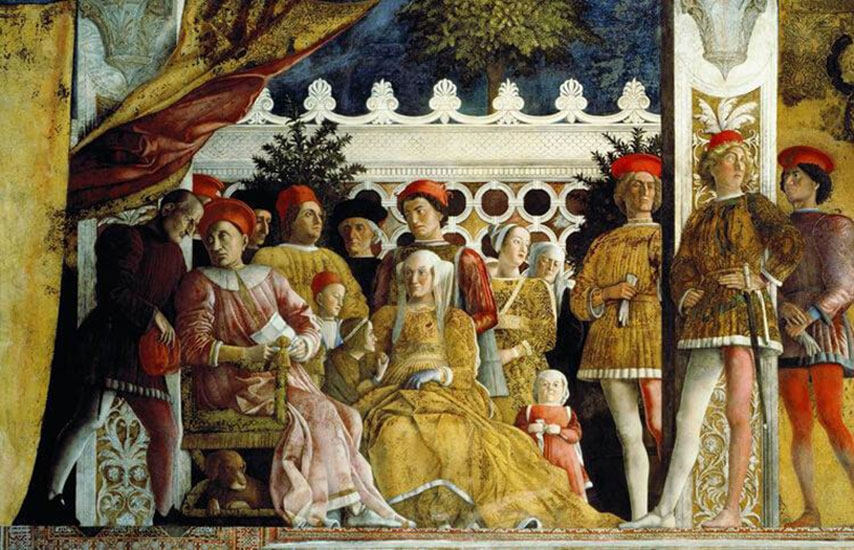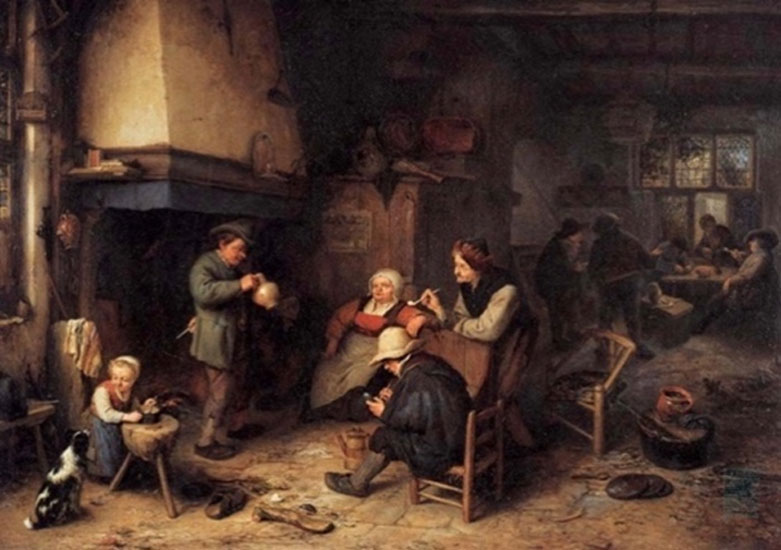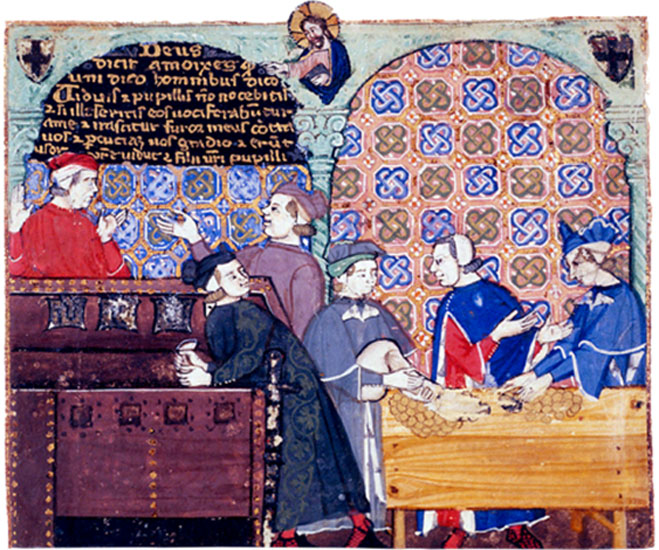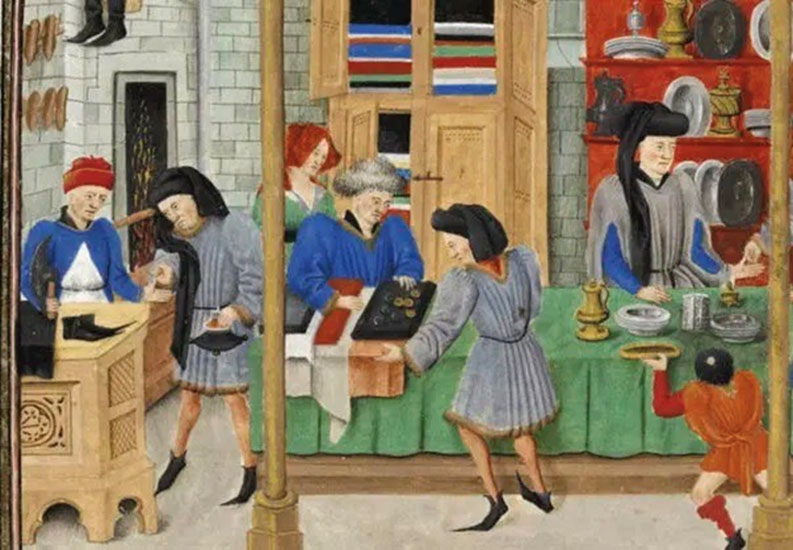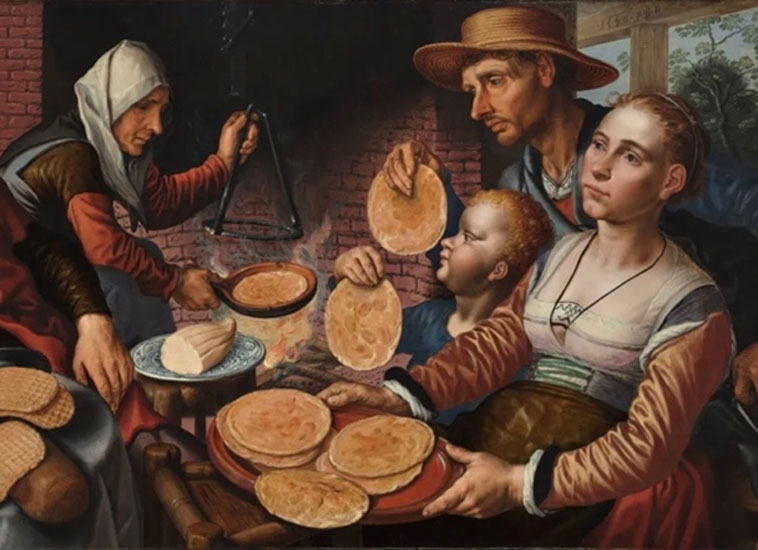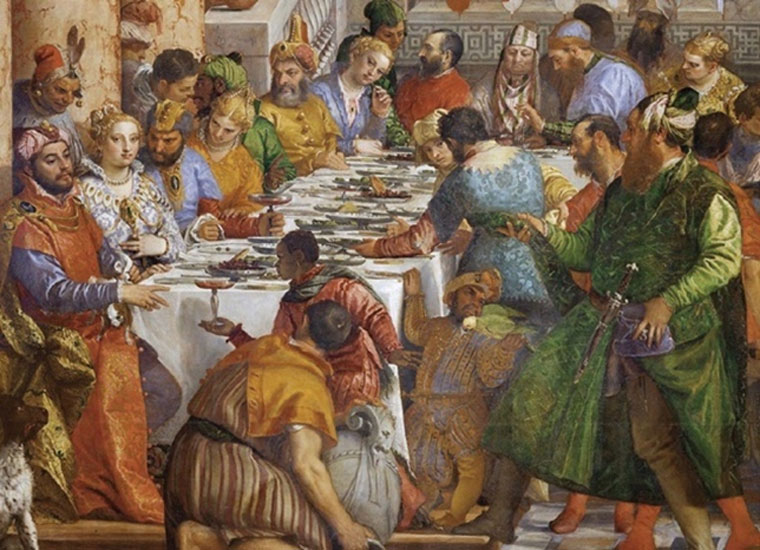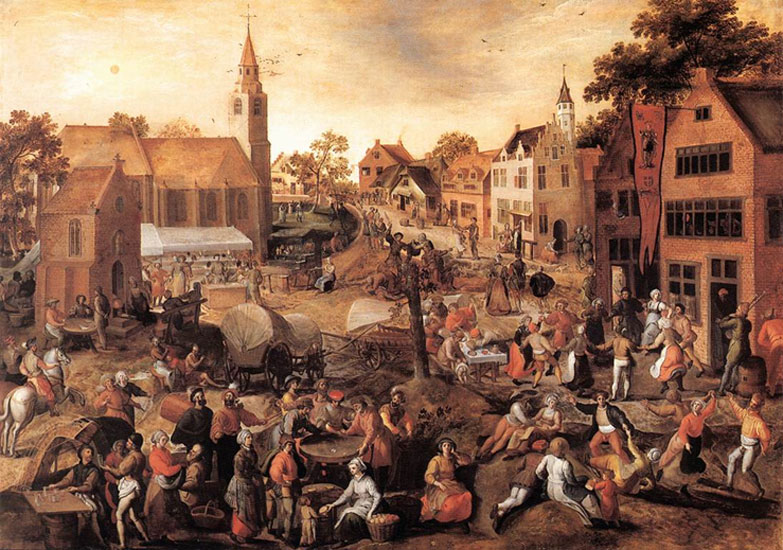Activity 3
What was it like to live in Italy during the Renaissance?
Your Task
How can we find out about the lifestyles of people who lived in the past? answer the questions below on screen or in this Word Doc version to save your answers.
Popolo grasso versus popolo minuto
In the writings of medieval chroniclers and modern historians the merchants and professional people in Florence were referred to as popolo grasso, or in English, the ‘fat people’. They grouped themselves into guilds - wool manufacturers and wool finishers, silk merchants, and bankers. The workers and shop people, on the other hand, were called popolo minuto, or the ‘little people’. Most workers were peasants who moved to cities to find work as shopkeepers or wage earners.
Carefully examine the following 12 images from the time and decide whether you think they represent the lifestyle of the popolo grasso or the popolo minuto.
Renaissance Poster
Make a summary poster of Renaissance life in Italy. You will need to write a paragraph explaining what each of your chosen images tells you about either the lifestyle of the grasso or the minuto people. Here are some summary sentences to help you plan your text.
- The Renaissance birthed a larger middle class of merchants, skilled craftsmen, architects and artists who could now afford the luxuries once available only to nobles or royalty.
- Poor farmhouses were one room shacks with earthen floors, little furniture, a shared bed and an open fireplace for cooking and heating.
- Bread, stew and beer made up the staple diet of most people but the rich ate well – different meats, spices, vegetables, wine and sweet delicacies imported from Europe and Asia.
- The Renaissance was a time of high fashion for the wealthy. Women wore long dresses headscarves and adorned themselves with jewellery denoting their social status. The wealthy dressed up in fancy clothing. Men wore a long coat called a doublet.
- The village square was where it all happened – food and garment markets, festivals, games of chance, people parading and promenading, playing music, dancing, wrestling and delivering produce from the fields.
- Renaissance parents were very strict. The father worked and the mother stayed home with the children but she too was very busy and did not have a lot of time to entertain children. As soon as they were able children were put to work.
- Education was a luxury of the rich. Wealthy children, especially boys, either went to school or had a private tutor teaching them grammar, philosophy, poetry, Latin and mathematics.
- In big cities like Florence the trade guilds and wealthy families set up places to care for abandoned children providing them with education and the opportunity to learn a trade, or in the case of girls, marry or join a nunnery.
- The Renaissance refers to the era in Europe from the 14th to the 16th century in which a new style in painting, sculpture and architecture developed.
Renaissance Life Poster
